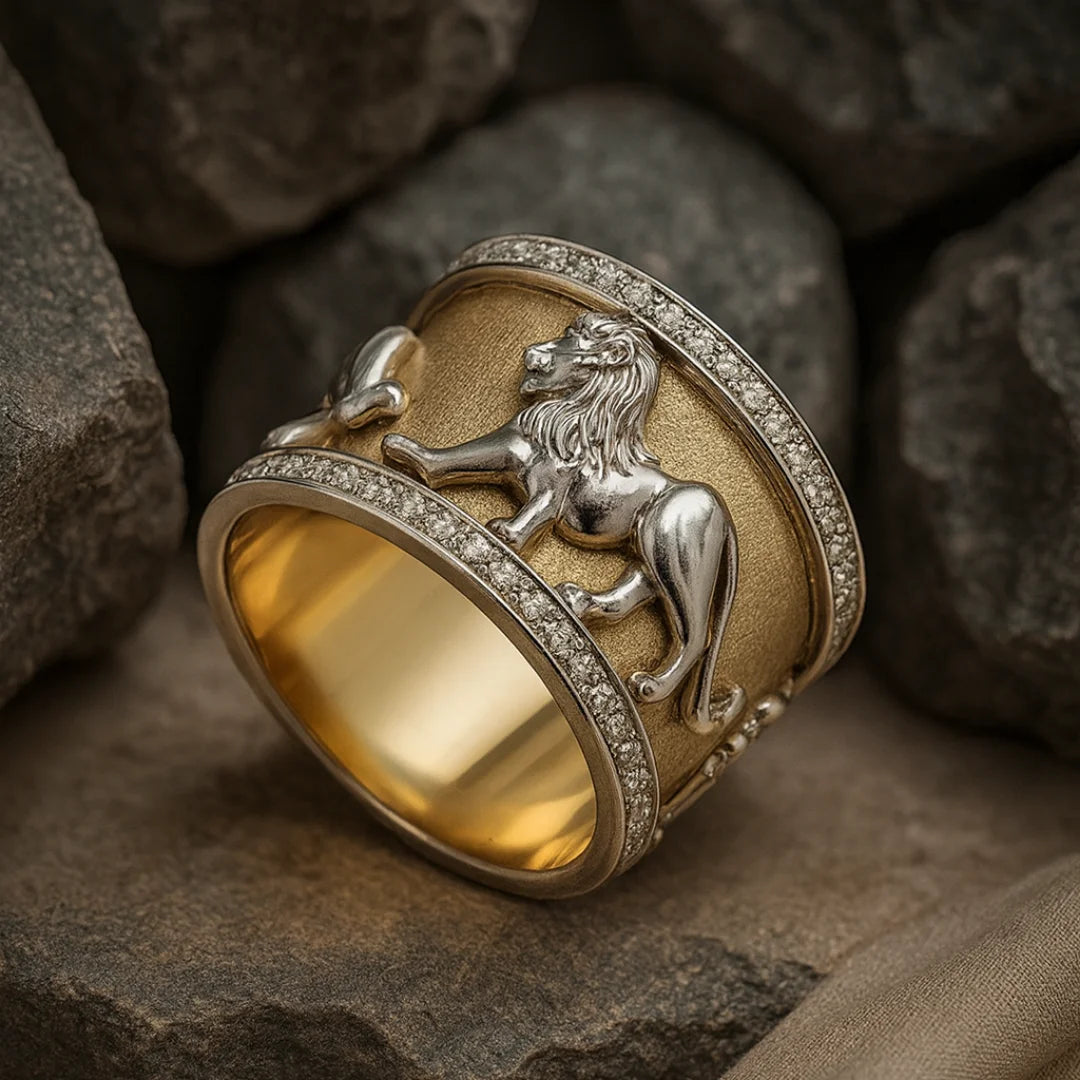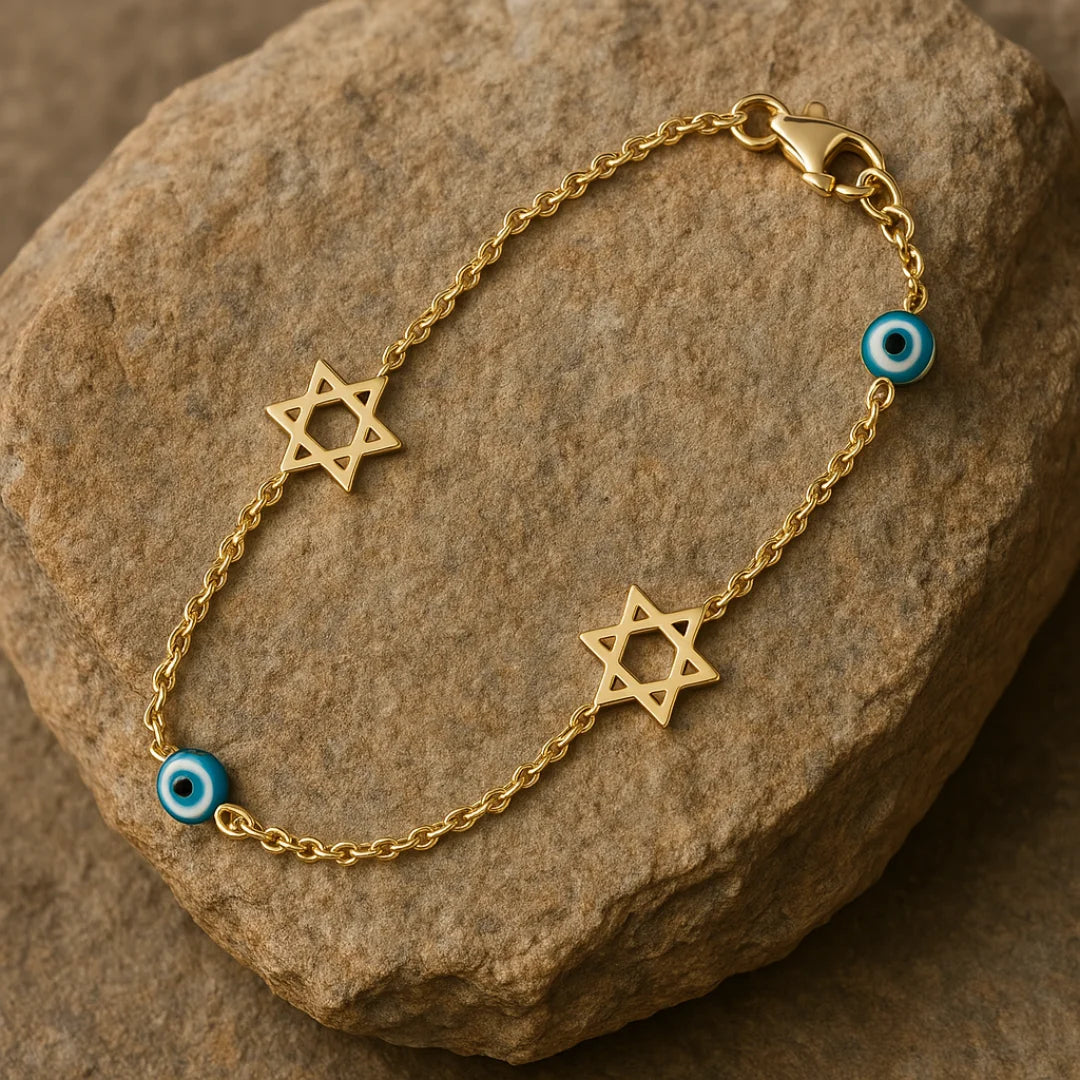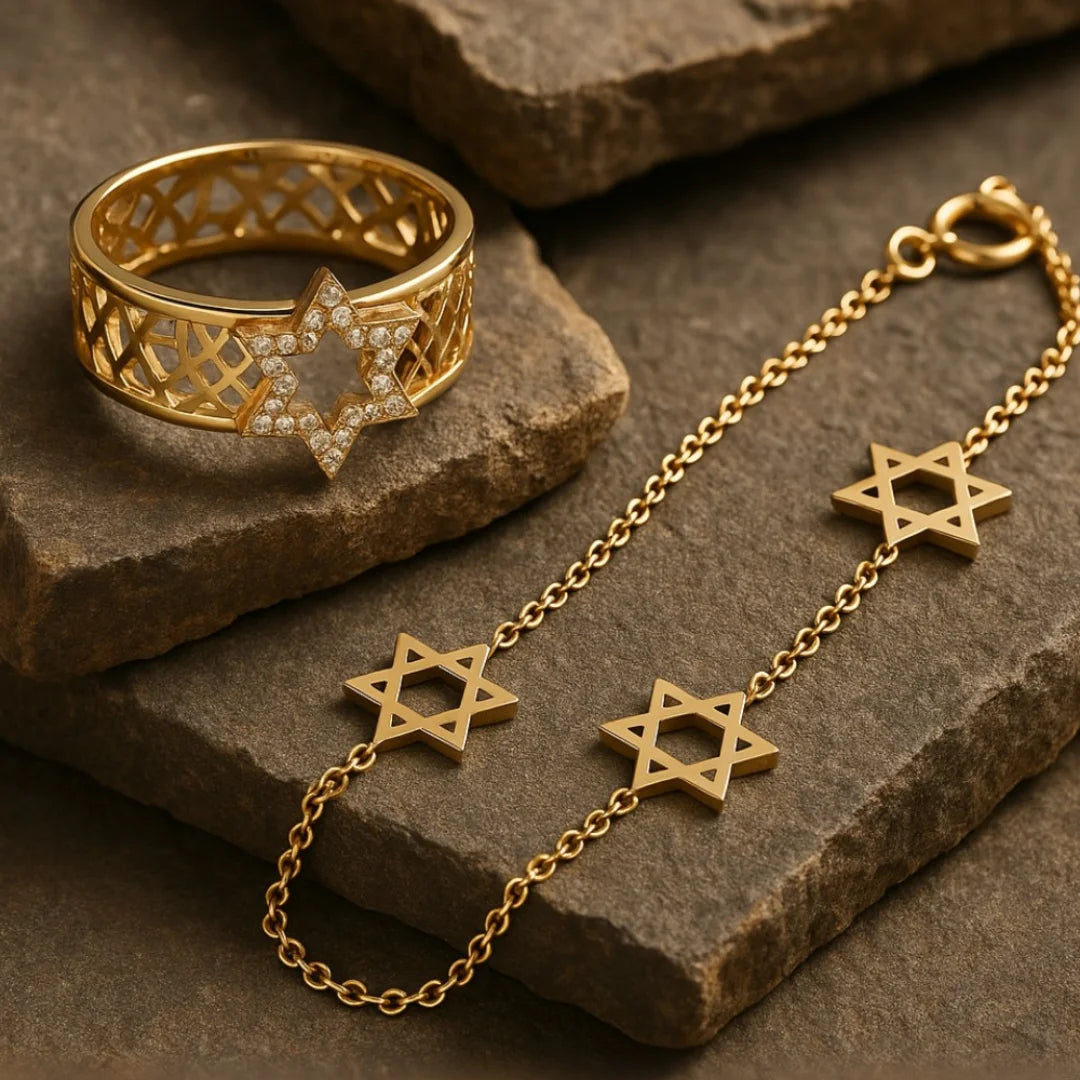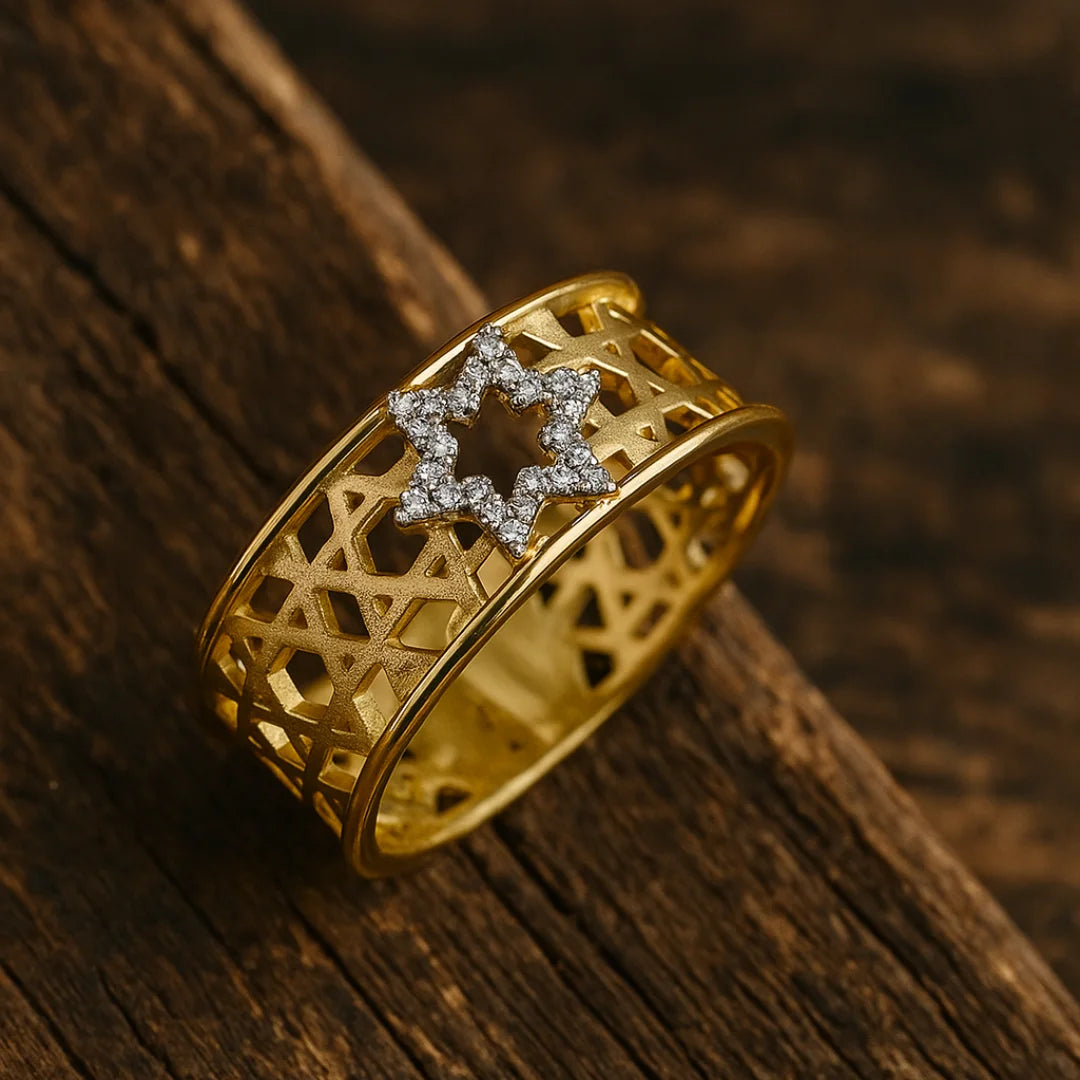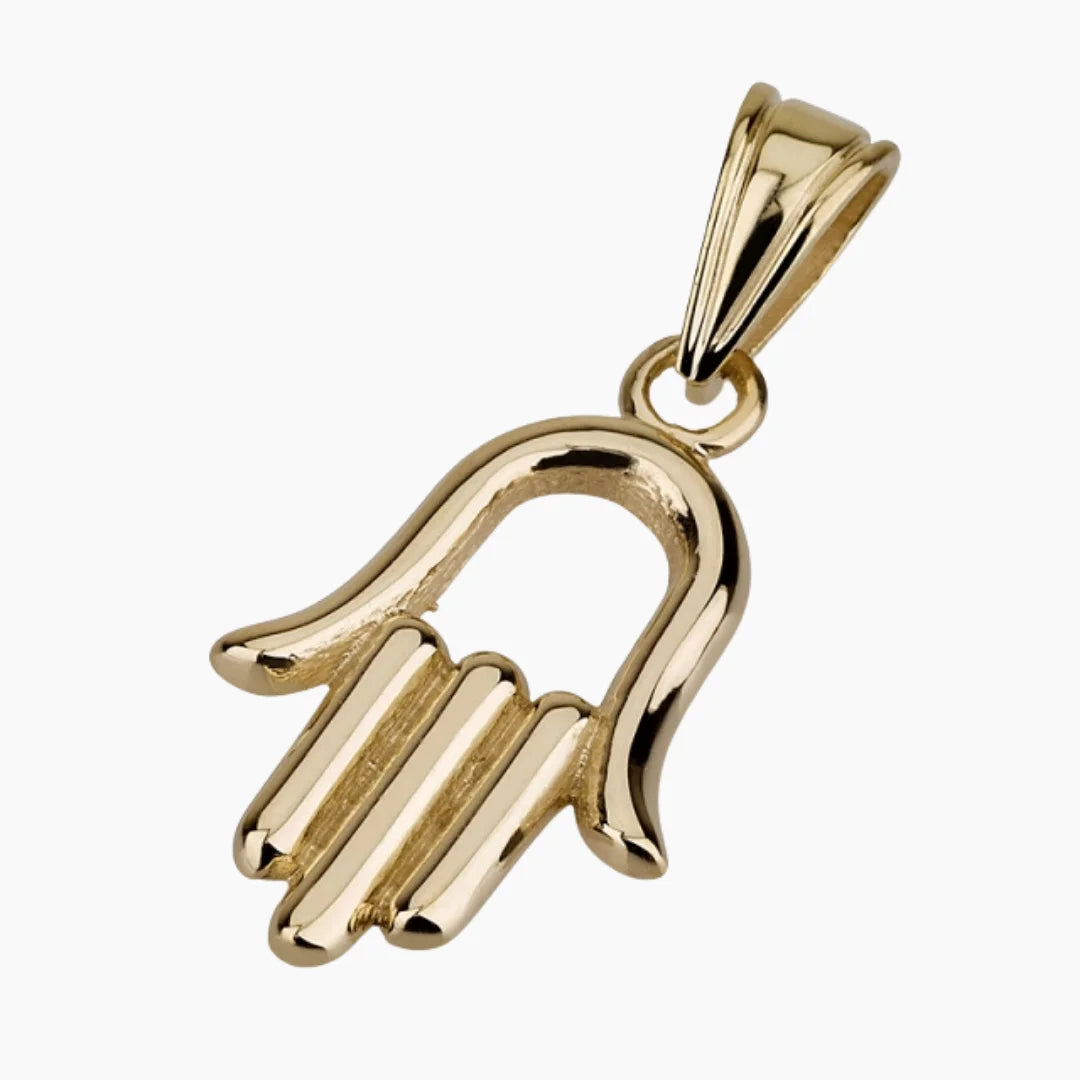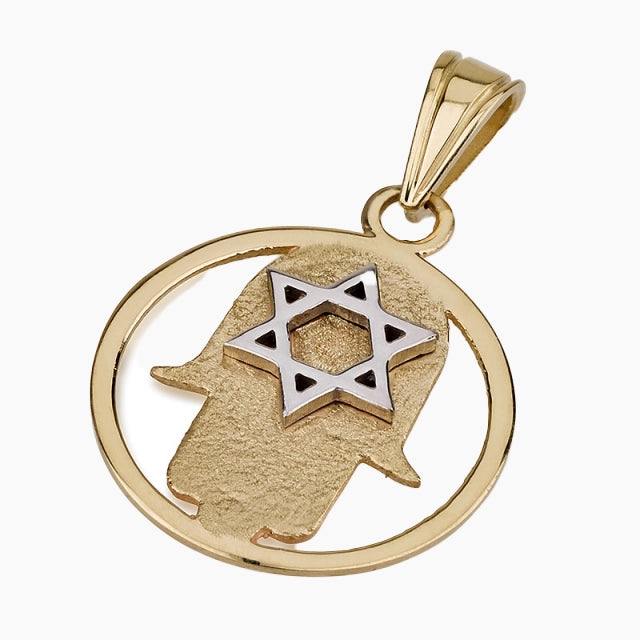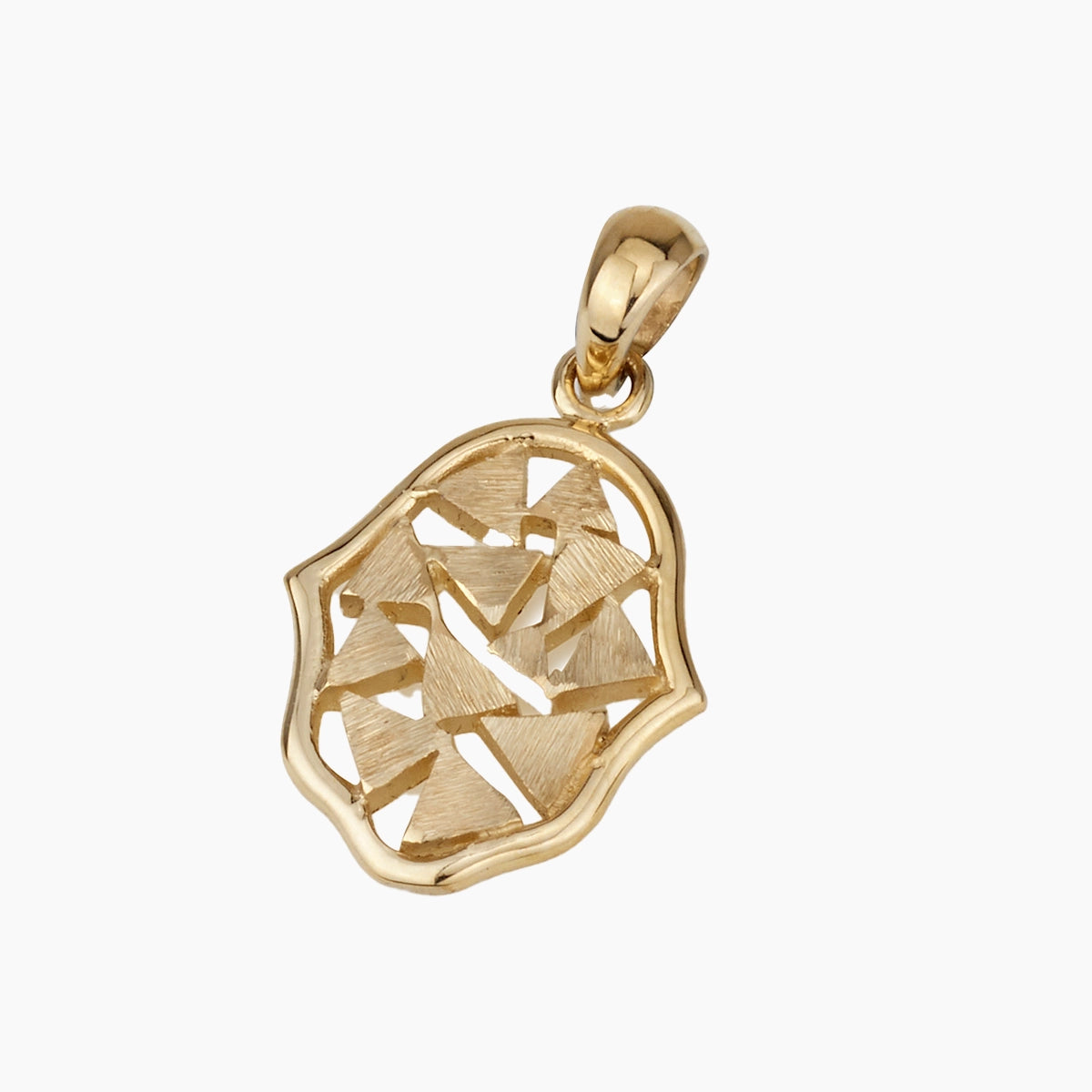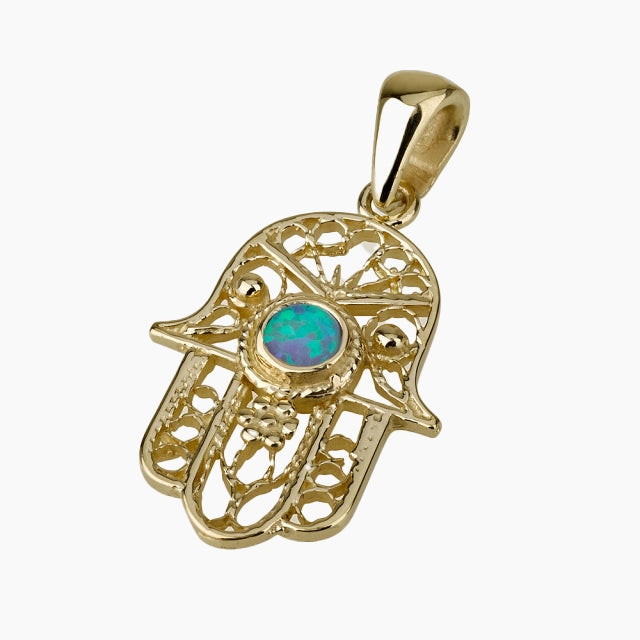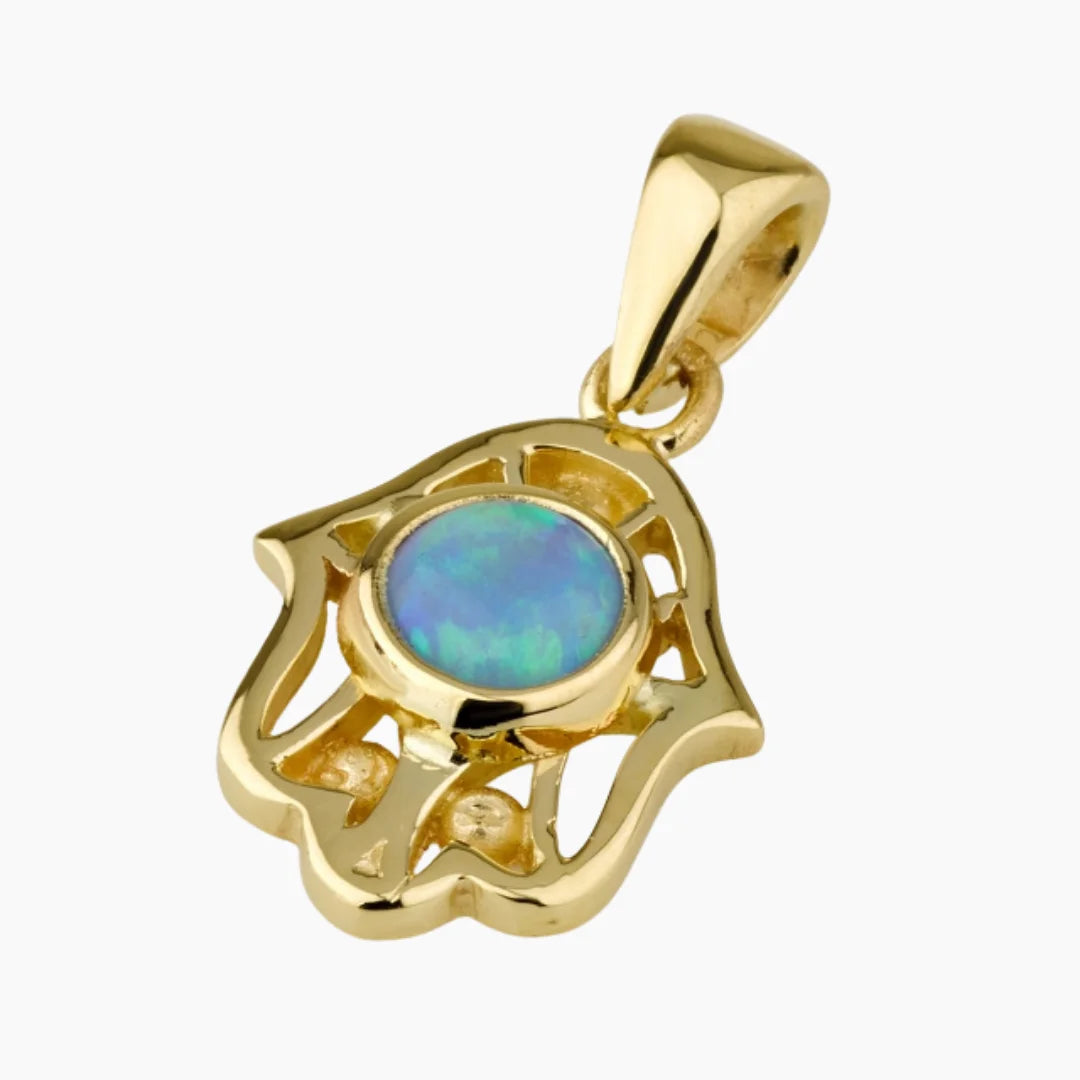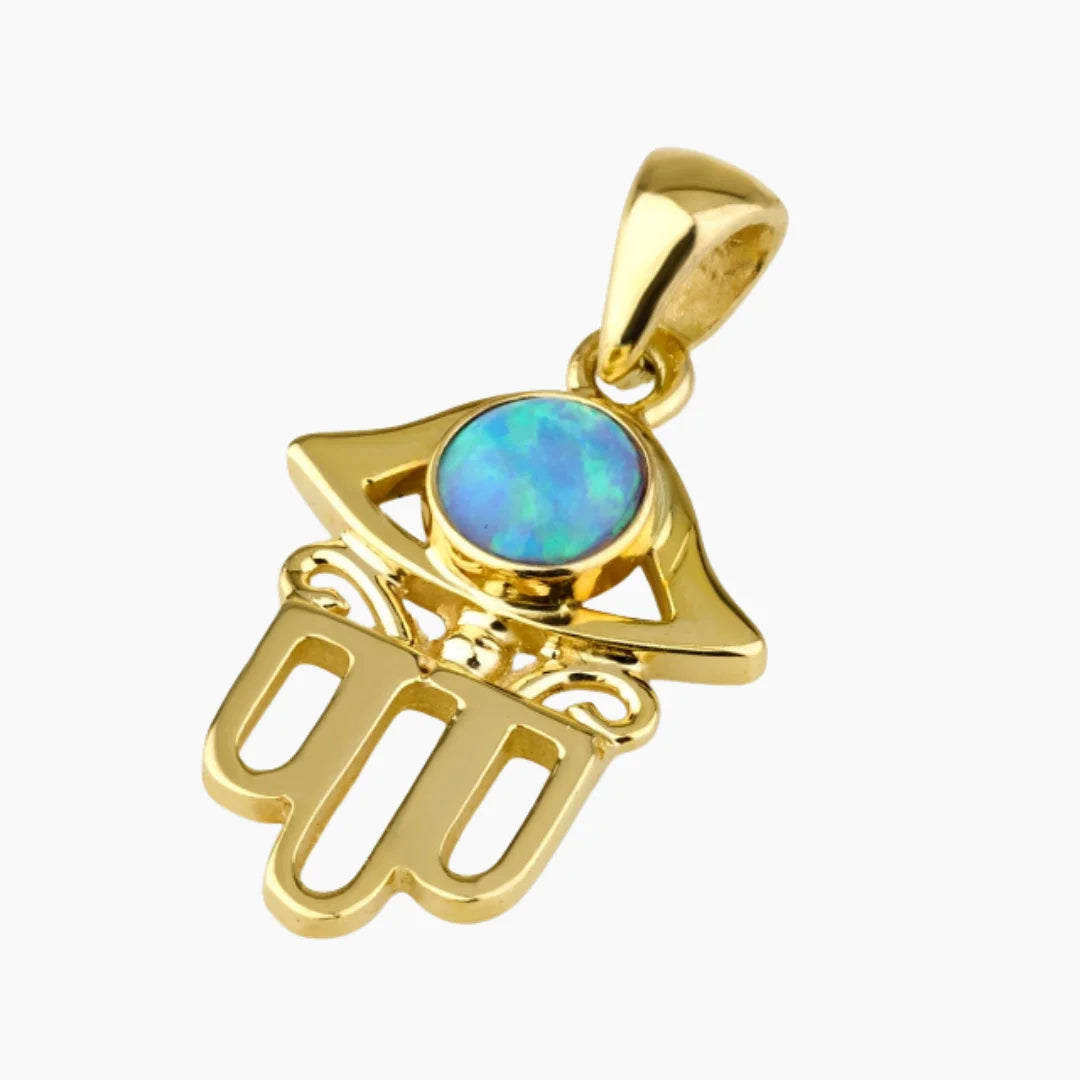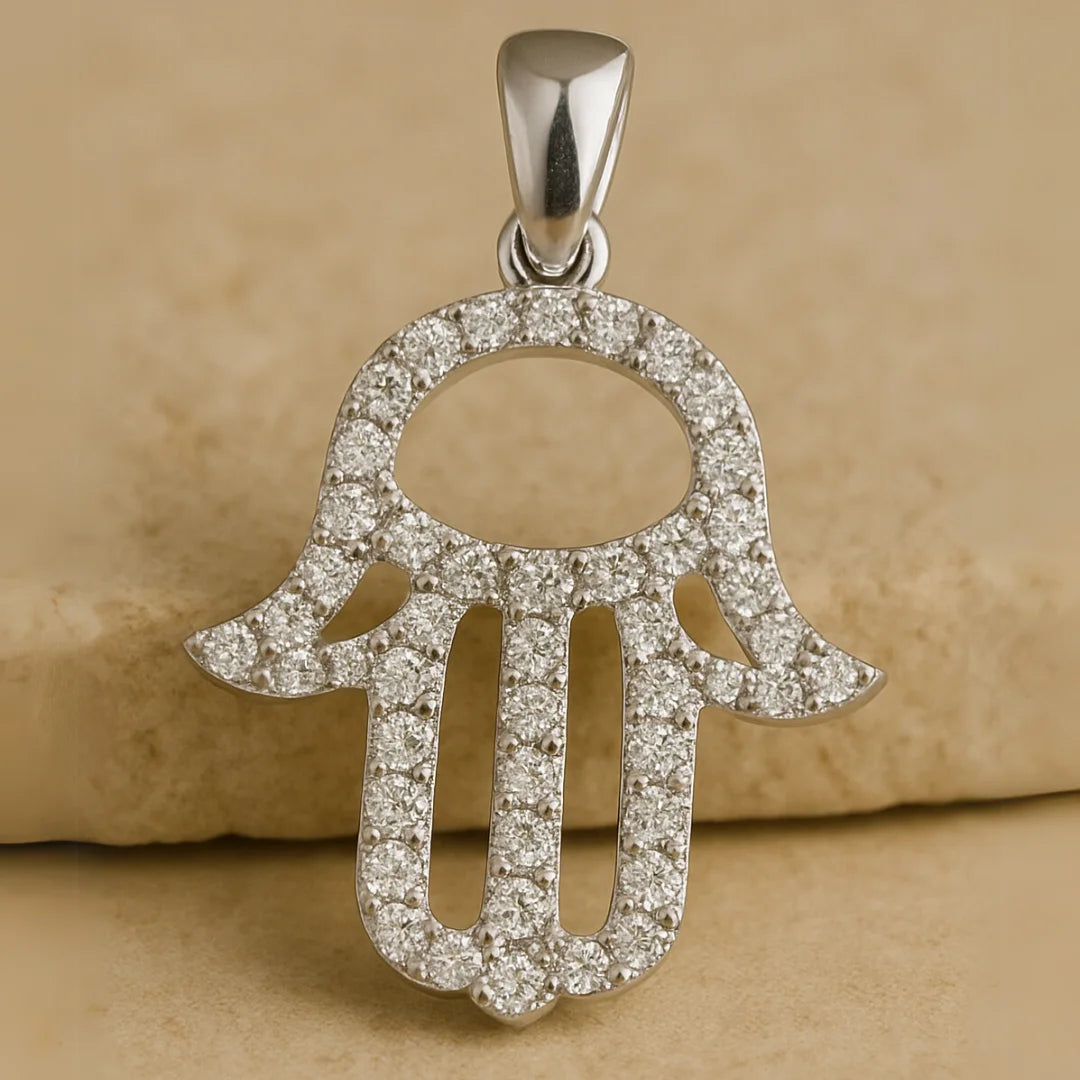

hamsa
What is Hamsa: The Meaning, Origins & Traditions of the Hand Symbol
The Hamsa hand is one of the world's most universal symbols. As an open palm, occasionally with an eye in the center, Hamsa has been used for thousands of years as a protective symbol, a blessing and a sign of strength.
In the Middle East and North Africa, the Hamsa has been discovered in jewelry, paintings and household decor. For Jews, it is alternatively known as the Hand of Miriam; for Muslims, the Hand of Fatima. In both cases and even in non-religious contexts, the sign is seen as a shield against the "evil eye" and a sign of hope and resiliency. Today, people wear Hamsa jewelry or hang Hamsa charms in their homes not only for protection but also as a connection to culture, spirituality and history.
In this post, we’ll explore where the Hamsa comes from, what it symbolizes, how it is used in Judaism and other faiths and why it remains so meaningful in modern life.
The Origins of the Hamsa Symbol
Early Appearances in Ancient Cultures
The Hamsa hand is a seeming single one with a very rich history that dates thousands of years ago. Hand-shaped amulets were found in Mesopotamia, Carthage and ancient civilizations. They were mostly associated with fertility, strength, or divine protection. An open hand was thought to be a protective shield, a way to ward off evil and grant blessings.
The Spread of the Hand Symbol Across the Middle East and North Africa
As the cultures commenced interaction through trade and migration, the hand sign spread across the Middle East and North Africa. The new traditions added more nuances of meaning but the central idea was the same: protection from evil and attraction of good fortune.
When the Hamsa was introduced to Jewish and Islamic cultures, it was already a deeply rooted symbol with immense power, ready to pick up new religious roles.
What the Hamsa Symbolizes
The Hamsa hand has never been viewed as anything other than a symbol. It possesses a powerful feeling of protection and blessing that carries over from culture to culture. An open hand is an international sign for peace and security. In the Hamsa, the five fingers are supposed to protect the wearer from harm, particularly from the "evil eye", the malicious or envious glance that most traditions consider threatening. While the hand is supposed to protect its owner, it is also supposed to bestow blessings, good health and power to its carrier.
Spiritual Interpretations of the Hand
The Hamsa is typically drawn with an eye in the center of the palm. This "watchful eye" is not only considered a defender but one that keeps negative energy at bay at all times. Others interpret the five fingers as reminders of harmony, representing the five senses, or the need to live in harmony of body and soul.
Because of its multi-layered symbolism, the Hamsa is cherished both as a religious protection and a positive icon.
The Hamsa in Judaism
The Hamsa, within Jewish tradition, is also known as the Hand of Miriam, named after the sister of Moses' and Aaron. Miriam was recalled to be strong and protective, and so the open-hand symbol is especially fitting.
Known as the Hand of Miriam
The Hand of Miriam reminds one of God's protection, faith, and bravery. Similar to how Miriam protected the Israelites as they crossed the desert, the Hamsa is stated to protect and direct whoever possesses it.
Role in Jewish Tradition and Daily Life
Jewish households have been suspending Hamsa amulets in their homes for centuries to repel bad luck and bring blessings. Hamsa is also used on amulets, mezuzah artwork and jewelry. In most instances, it is accompanied by other symbols like the Star of David or Hebrew blessings, giving a further multiple meaning.
In Judaism, the Hamsa is more than a symbol of decoration, a silent reminder of power, faith and authority of protection.
The Hamsa in Other Religions and Cultures
The Hamsa is remarkable because it is widespread among other religions and cultures as well, each assigning its own meaning to the hand gesture.
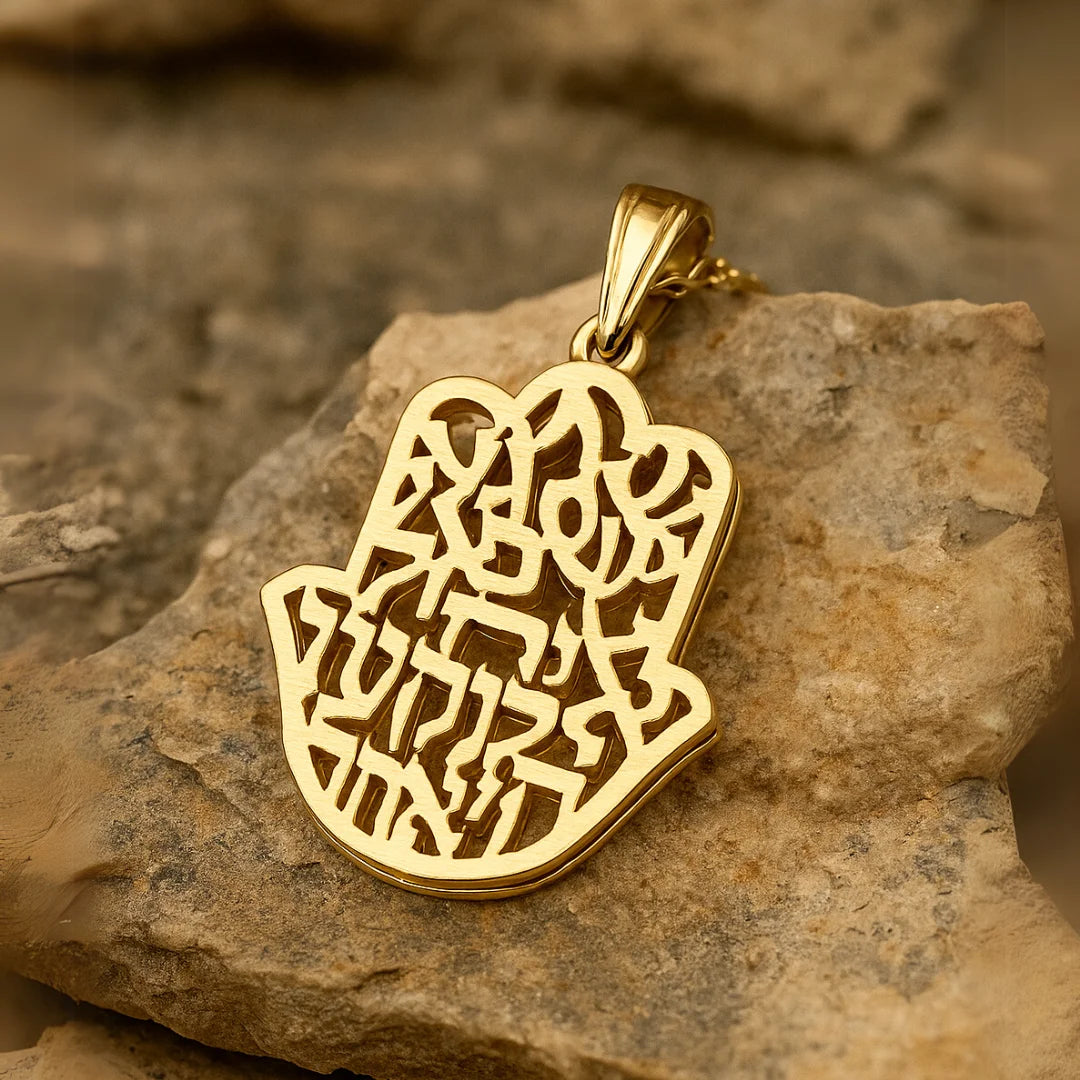
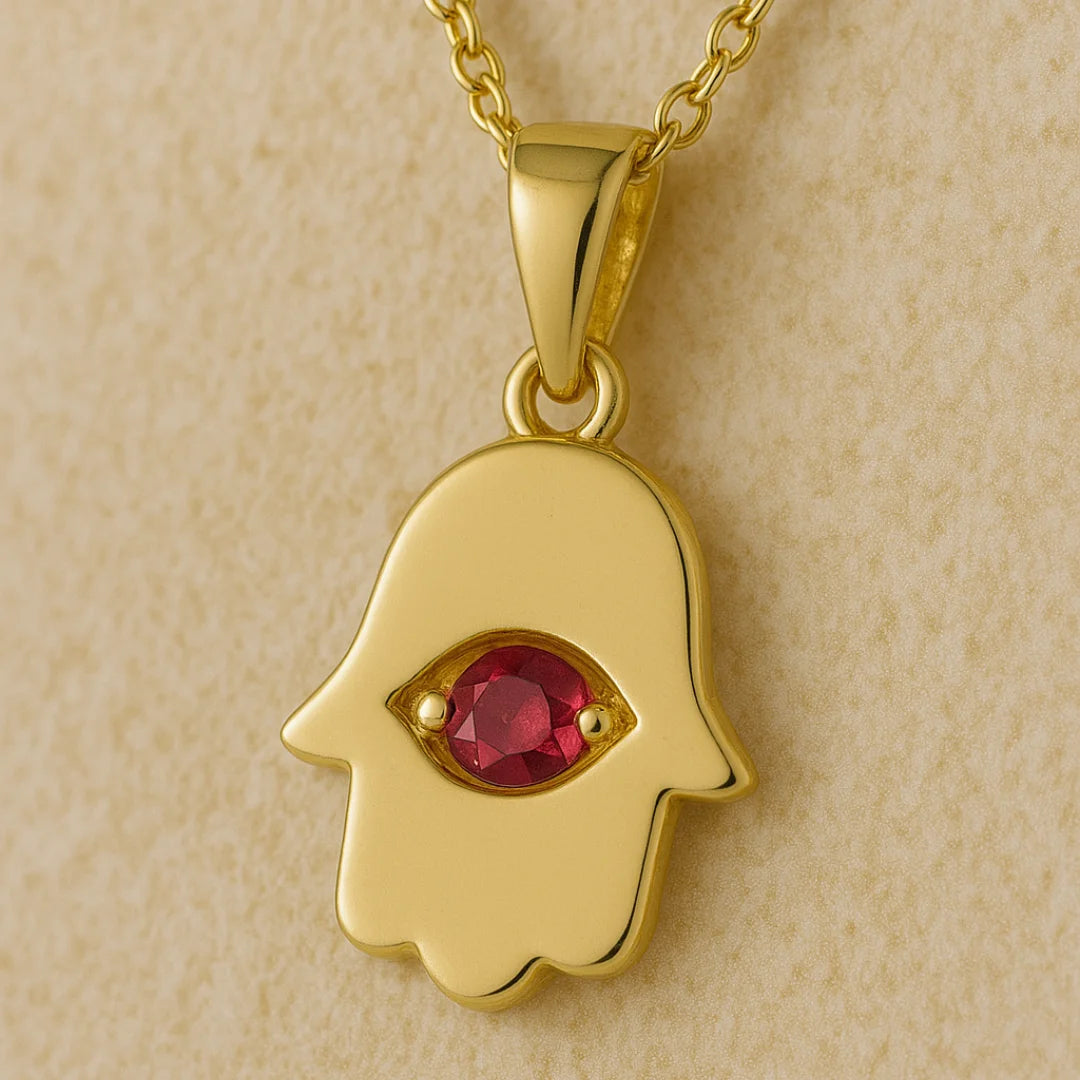

Hamsa in Islam: The Hand of Fatima
In Islam, the Hamsa is merely called the Hand of Fatima, in reverence for the daughter of the Prophet Muhammad. It is considered a symbol of patience, strength and faith. Like in Judaism, it is also believed to protect from the evil eye and bestow blessings upon the owner.
Hamsa in Christianity
In some Christian communities of the Middle East, the Hamsa is used as a protective charm as well. It is sometimes connected to the Virgin Mary and carries themes of purity and care.
A Shared Symbol Across Faiths
The presence of Hamsa in Judaism, Islam and Christianity shows that it is popular. In all these religions, the open hand is used to represent protection, blessing and God's providence. It has become a bridge of culture, a symbol which unites people in their desire for peace and security.
Hamsa Jewelry and Modern Use
The Hamsa hand has traveled a long distance from those ancient talismans. It is now one of the most popular motifs in jewelry and home decor that blends tradition with modern chic.
Hamsa Necklaces, Bracelets and Home Decor
Hamsa necklaces and pendants are worn close to the heart as protection and identification. Bracelets may feature tiny Hamsa charms, or they may be paired with beads or gemstones to enhance them. Beyond jewelry, images of Hamsa are affixed to walls, painted on tiles, or placed above a doorway as a means of bringing blessings into a home.
Why People Still Wear and Display the Hamsa Today
For some, the Hamsa is religious and individualized. Some wear it as protection against the negative, others as a link to Jewish, Islamic, or Middle Eastern roots. And for others, it's simply a nice pattern that's filled with a feeling of positivity.
The long-term power of the Hamsa is in its adaptability, it is both timeless and modern, both cultural icon and personal talisman.
Featured collection
Hamsa Jewelry
Heritage 14K Gold Hamsa Pendant
Eternal 14K Gold Hamsa Pendant With Star of David
Serene 14K Gold Hamsa Pendant
14K Gold Hamsa Pendant with Opal
Devotion 14K Gold Hamsa Pendant
Heritage 14K Gold Hamsa Pendant with Opal
14K Gold Filigree Hamsa Pendant
Radiant 14K Gold Hamsa Pendant with Opal
14K Gold Hamsa Pendant with Diamond
Heritage 14K Gold Hamsa Pendant with Jerusalem motifs
Frequently Asked Questions
The Hamsa is typically seen as a protector. It is believed to ward off the "evil eye", the destructive energy of jealousy or bad thoughts, and to attract blessings, health and wealth.
There is no mention of the Hamsa in the Bible. Its usage came after through Middle Eastern and North African cultures. In Judaism, it is referred to as the Hand of Miriam, relating it symbolically to strength, guidance and protection by God.
Yes. Jews, Muslims, Christians and others all around the globe are wearing the Hamsa. If one wears it respectfully, it has the potential to be a strong talisman for anyone who seeks protection, positive energy, or link to heritage.
The Hamsa exists in many religions. It is the Hand of Miriam in the Jewish faith, the Hand of Fatima in Islam and occasionally linked to the Virgin Mary in Christianity. In each of these religions, it symbolizes similar things spiritually in the respects of blessing and protection.
Spiritually, the Hamsa is a defensive hand that keeps evil away and draws good. The eye often shown in the center is said to be always awake, keeping the wearer safe from evil and reminding him to live in faith and harmony.
Hamsa hand is among the few symbols which have moved across cultures, religions and generations yet somehow remained alive in their message. Right from ancient amulets to modern jewelry, it has been employed as a shield against evil and a blessing for peace, strength and life.
It is the Hand of Miriam in Jewish tradition, the Hand of Fatima in Islam, and a sign of purity and care in Christianity. It says the same thing of hope and safeguarding in all three faiths.
Today, whether as a necklace, gift-given, or adorning a home, the Hamsa is still a means of keeping people near to where they came from as well as being comforted in the moment. It is greater than a design, it is an eternally hand that protects, guides and unites.




